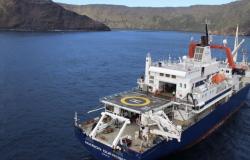
The year 2023 is marked by continued inflation.
Sea dues represent around a quarter of the real operating revenues of overseas municipalities. Its primary purpose is to provide communities with the financial resources essential to their operation. It is also a question of encouraging the competitiveness of local production companies, in particular by offsetting the additional costs incurred by them and by exemptions on imports of goods intended for their activities.
The tax resources of overseas communities have been profoundly disrupted by the abolition of the housing tax on main residences.
Since January 1, 2021, municipalities no longer collect housing tax on main residences. In return, these communities were allocated the departmental share of property tax on built properties (TFPB) collected on their territory.
The reform of local taxation, following the abolition of the housing tax on main residences (THRP), introduced the calculation of a correction coefficient for compensation of the THRP, evolving like the tax bases and allowing adapt each year the amount of the levy or payment to the variation in the property tax bases on built properties in the municipality.
Thus, as a whole, overseas municipalities are net contributors to housing tax compensation. A portion of the products generated by local bases thus escapes their territory for an amount of more than 100 million euros.
The municipalities of Guadeloupe and Guyana are the largest contributors since more than €54 million of TFPB product is taken from the territories of the municipalities of Guadeloupe, and more than €24 million for the municipalities of Guyana.
Thus, only the municipalities of Reunion and Mayotte taken as a whole are net beneficiaries. Municipalities in other departments therefore see more than €100 million in local revenue leave the territory where they were produced.





